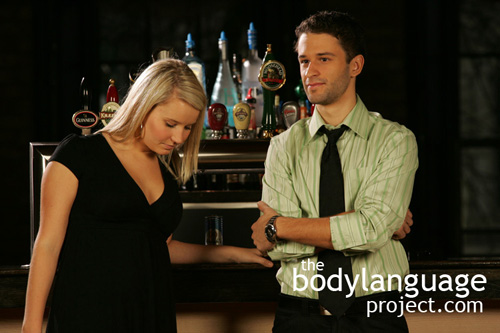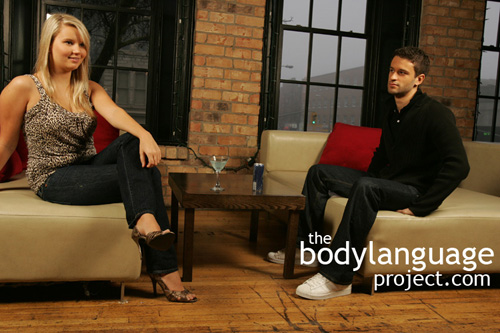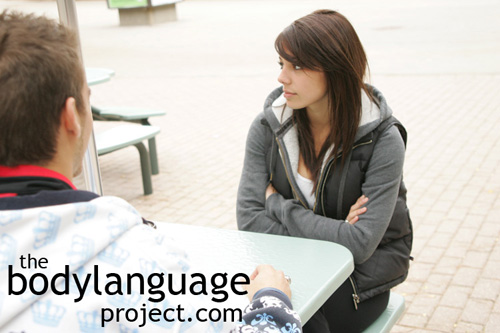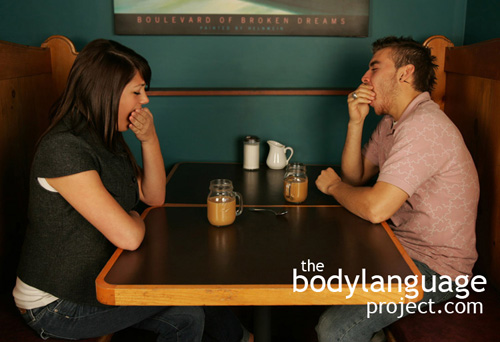We also have inherent biases which we must be careful of when try to read other people. Our dislike of certain people could influence us to read their language in a less then favourable light. Knowing that this bias is an inherent possibility, can at least protect us in terms of accuracy, and set up conditions that avoid possibly destructive fallout. This is only one factor to be careful of while reading people as it relates to baselining. Reading lying body language, by example, is very difficult and not having anything to compare it to essentially makes it impossible.
Poker is an excellent game that hones our nonverbal analysis of people, and the best modern day poker players will, with the advent and popularity of televised poker, review thousands of hours of video on their opponents. While some of the time they are watching to pick up on specific “tells” they are also developing their baseline. By doing so, even prior to meeting them they can have some players pegged. They can then use their baseline to determine actions, especially novel ones, that are out of the ordinary. If you’ve ever walked into a new poker group, you understand exactly what I mean. You might know some of the people, but usually there are others that you haven’t yet met add to this a novel context and you’ve got your work cut out for you. Since you don’t know the other player’s baselines you naturally end up being cautious and if you know poker cautious being “tight” can be just as bad as being “loose”. Over time you build their character and they start to “make sense”. In everyday life we call this process “getting to know someone” but in the body language world, we are formulating their baseline. Baselining is really about having the ability to compare someone to themselves.

The ‘nose crinkle’ can mean a negative thought as in getting a bad card in a game of poker. I’ve, however, seen this gesture feigned (and yes I lost the hand over this well executed bluff).
Let’s look at arm crossing or even touching the nose. Everyone thinks that arm crossing means that someone is closed and unreceptive. This might be true for some people some of the time, but to others, it means that they are comfortable. If I were to cross my arms, just now, would it mean I was closed? No, it wouldn’t, it simply means that my arms are crossed. The same goes for nose touching as an indication of lying or deception. Some people touch their nose at the end of every sentence – it’s their idiosyncrasy. Does this mean that every word that comes from their mouth is a lie? It could be, but it is not likely. Once we’ve caught someone in a lie we can backtrack and look at the clues that preceded the lie and those that followed the lie to pick up on cues that might have given him away. Poker players do just this, although for them it’s simpler since there really are only two possible scenarios, he is bluffing, or he really has a strong hand. Video even provides professional poker players with one hundred percent of the information at hand, there are no secrets and so baselining can happen very quickly. In real life, things are not as obvious and there is a lot of gray in between the truth and a lie so it takes a lot more effort do develop baselines, however with practice even novel situations with unknown people will begin to appear similar to other past experiences and people. So baselining provides us with information that we can use in the future when lying or any other emotional behaviour is suspected, where we can draw from our database of “tells” and make educated guesses about the truthfulness, or emotional state of our subject or subjects.





